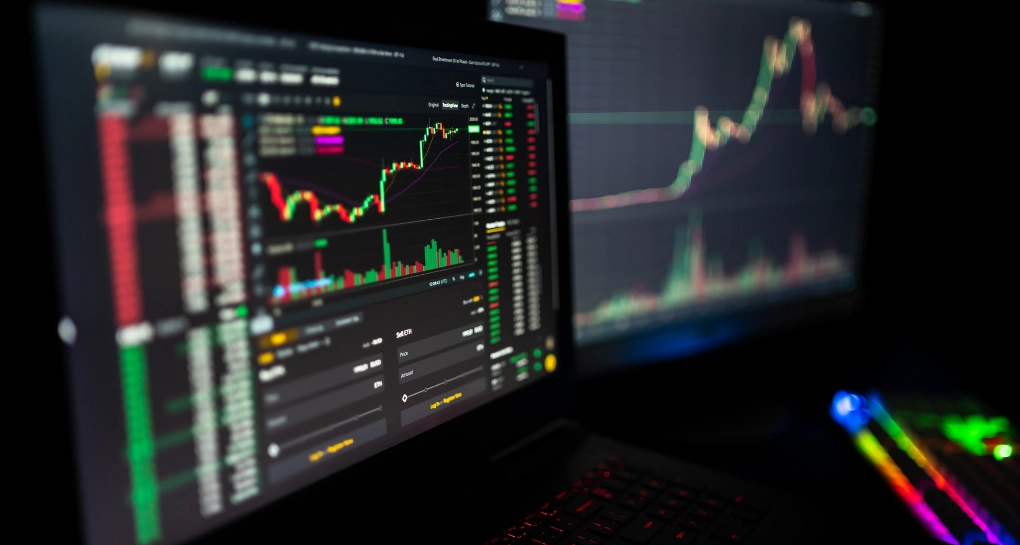Synthetic indices are unique financial instruments designed to mimic real market movements using mathematical algorithms.
Unlike traditional assets such as stocks, forex, or commodities, synthetic indices are not tied to any physical market but are simulated markets that run 24/7 and are unaffected by economic or political events.
They’re gaining popularity among traders for their ability to provide continuous trading opportunities.
This guide will help you understand what synthetic indices are, how they work, their advantages and risks, and whether they’re the right choice for you.
What Are Synthetic Indices?
Synthetic indices are simulated financial markets that are randomly generated. Their movement is designed to replicate real-world market volatility without being influenced by global news or macroeconomic changes.
They are often offered by brokers as tradeable assets in platforms like CFDs (Contracts for Difference).
How Do Synthetic Indices Work?
Synthetic indices operate on random number generation (RNG) systems to ensure fairness.
Underlying Algorithms
These indices are powered by robust RNG, ensuring that price movements are statistically fair.
Simulation of Market Conditions
They replicate varying market conditions, ranging from low volatility to extreme market swings, based on the chosen index type.
Volatility Types
Brokers typically offer different volatility levels such as:
- Volatility 10 Index – Low market movement
- Volatility 75 Index – High market movement
- Crash and Boom Indices – Sudden directional spikes
Key Advantages of Trading Synthetic Indices
- 24/7 Availability – Trade at any time without market closures.
- No Impact from News Events – Price movements are unaffected by politics, economic data, or natural disasters.
- Wide Volatility Range – Choose from low, medium, or high volatility options.
- Leverage Options – Access amplified profits (and losses) with smaller capital.
Understanding Risks When Trading Synthetic Indices
- Leverage Risk – High leverage can magnify losses as much as profits.
- Market Familiarity – While patterns exist, synthetic indices require understanding of their volatility cycles.
Who Are Synthetic Indices For?
Synthetic indices are best suited for:
- Traders who prefer technical analysis over fundamental analysis
- Those seeking consistent market conditions without external noise
- People who want to practice risk management strategies in a controlled environment
Is Trading Synthetic Indices Right for You?
If you value constant volatility patterns, round-the-clock availability, and independence from global news, synthetic indices may be a good fit. However, they require strong discipline, proper risk management, and trust in a reputable broker.
Key Strategies for Synthetic Indices Trading
Technical Analysis
Use tools like moving averages, RSI, and Bollinger Bands to identify entry and exit points.
Scalping
Make quick trades in short timeframes, ideal for high-volatility indices.
Swing Trading
Hold positions for hours or days to capture broader price movements.
How Synthetic Indices Differ from Forex and Stocks
| Feature | Synthetic Indices | Forex | Stocks |
| Market Hours | 24/7 | 24/5 | Exchange hours only |
| Affected by News | No | Yes | Yes |
| Asset Backing | None (RNG-based) | Currencies | Company shares |
| Volatility Options | Multiple fixed levels | Variable | Variable |
Popular Types of Synthetic Indices
- Dynamic
- Boost / Smash
- Climb
- Bounce
Managing Risk While Trading Synthetic Indices
- Use stop-loss and take-profit orders.
- Risk only a small percentage of your account per trade.
- Backtest strategies before going live.
How to Get Started with Synthetic Indices Trading
- Open a PrimusSynthetics Trading Account
- Verify your identity and deposit funds.
- Select a Synthetic Index that matches your risk appetite
- Spot your entry point and place your first synthetics trade
Frequently Asked Questions (FAQs)
1. Are synthetic indices profitable?
Yes, they can be profitable but profitability depends on your skill, discipline, and strategy. Since synthetic indices are highly volatile, traders should combine risk management techniques with consistent practice, ideally starting with a demo account before trading real funds.
2. Do Synthetic Indices Follow Market Trends?
They don’t track real-world markets but have their own volatility cycles.
3. What Is the Best Strategy for Synthetic Indices?
Scalping and trend-following strategies work well, depending on volatility and your trading style.
Final Tip:
Synthetic indices can be a great way to diversify your trading, but only if you approach them with proper risk management and a clear strategy.
Ready to put your trading skills to the test?
Sign up with FxPrimus today, practise with a demo account, and start exploring synthetic indices markets with confidence.
